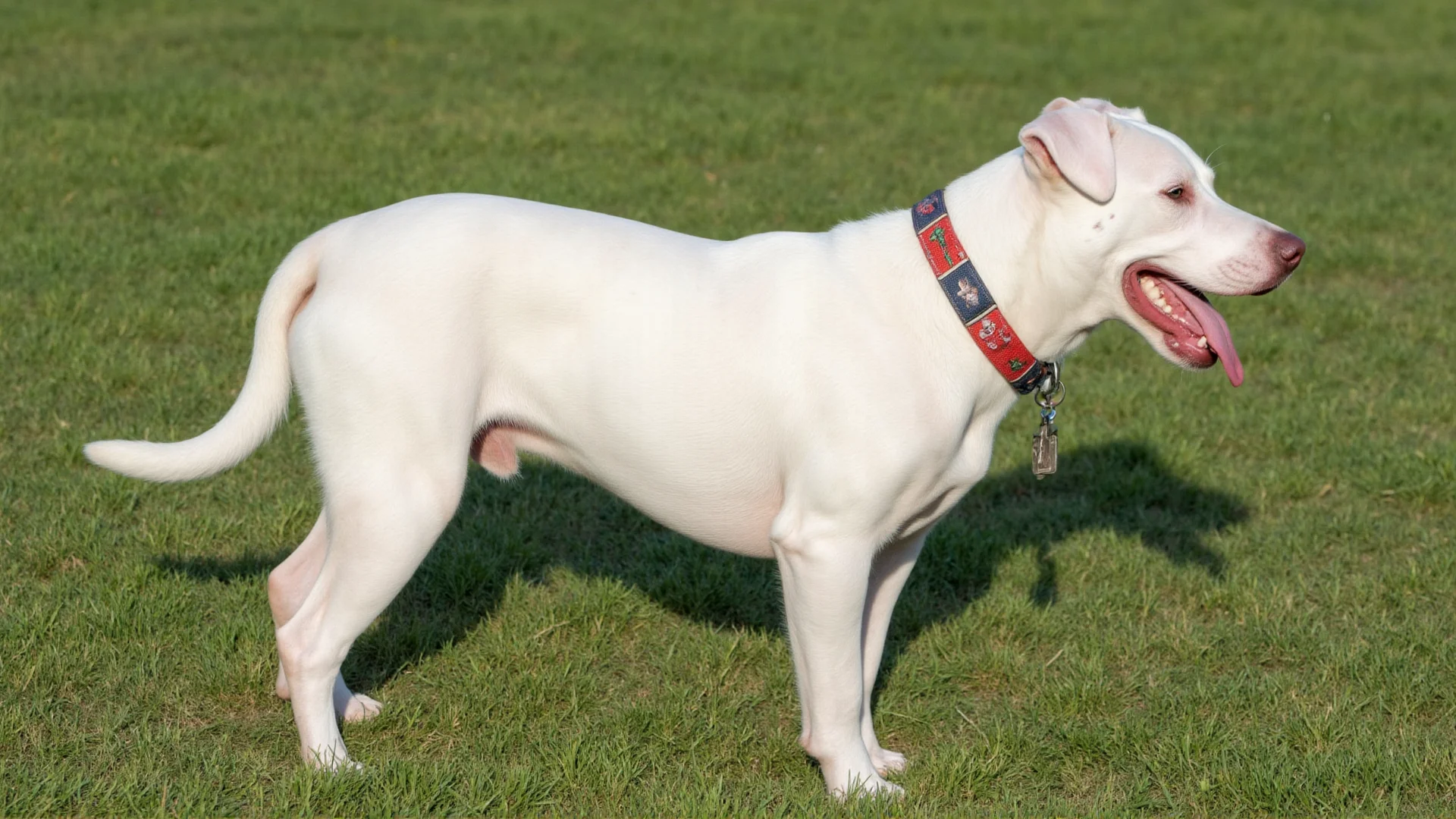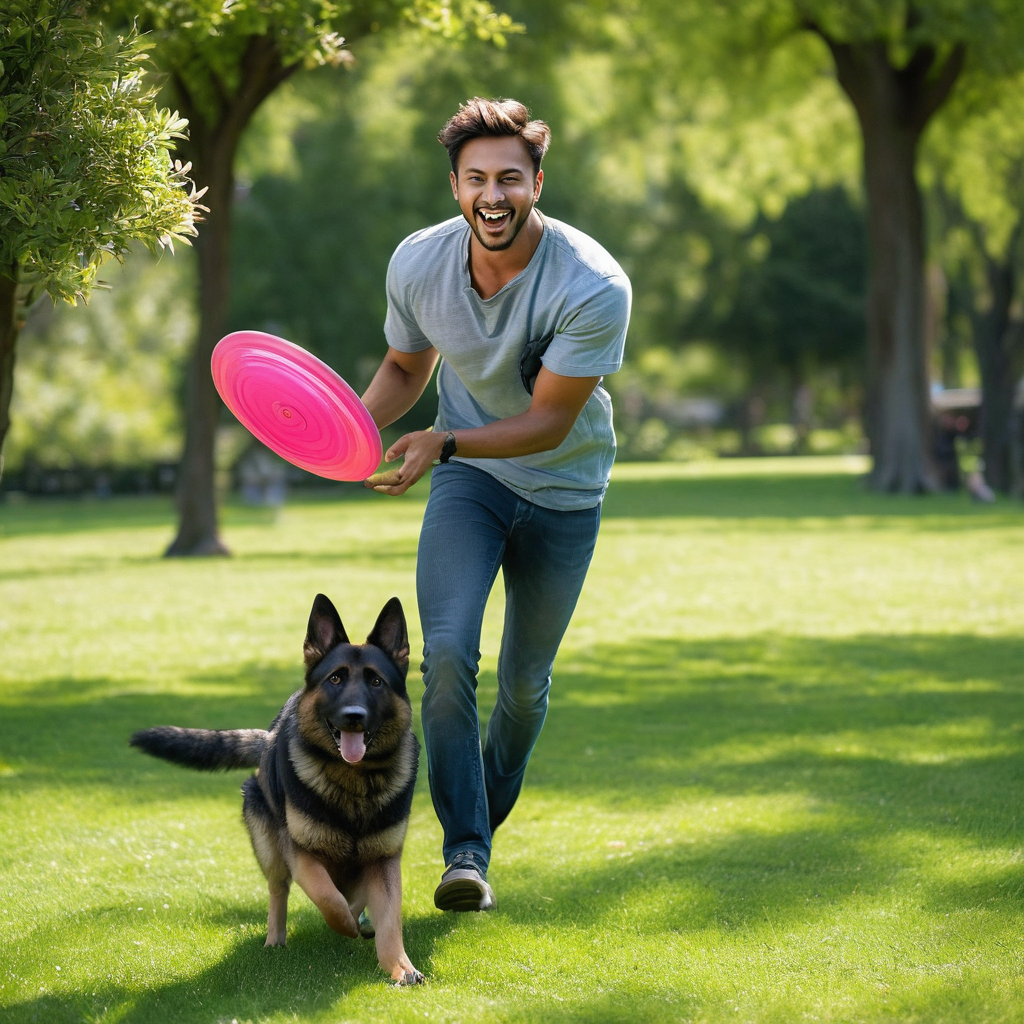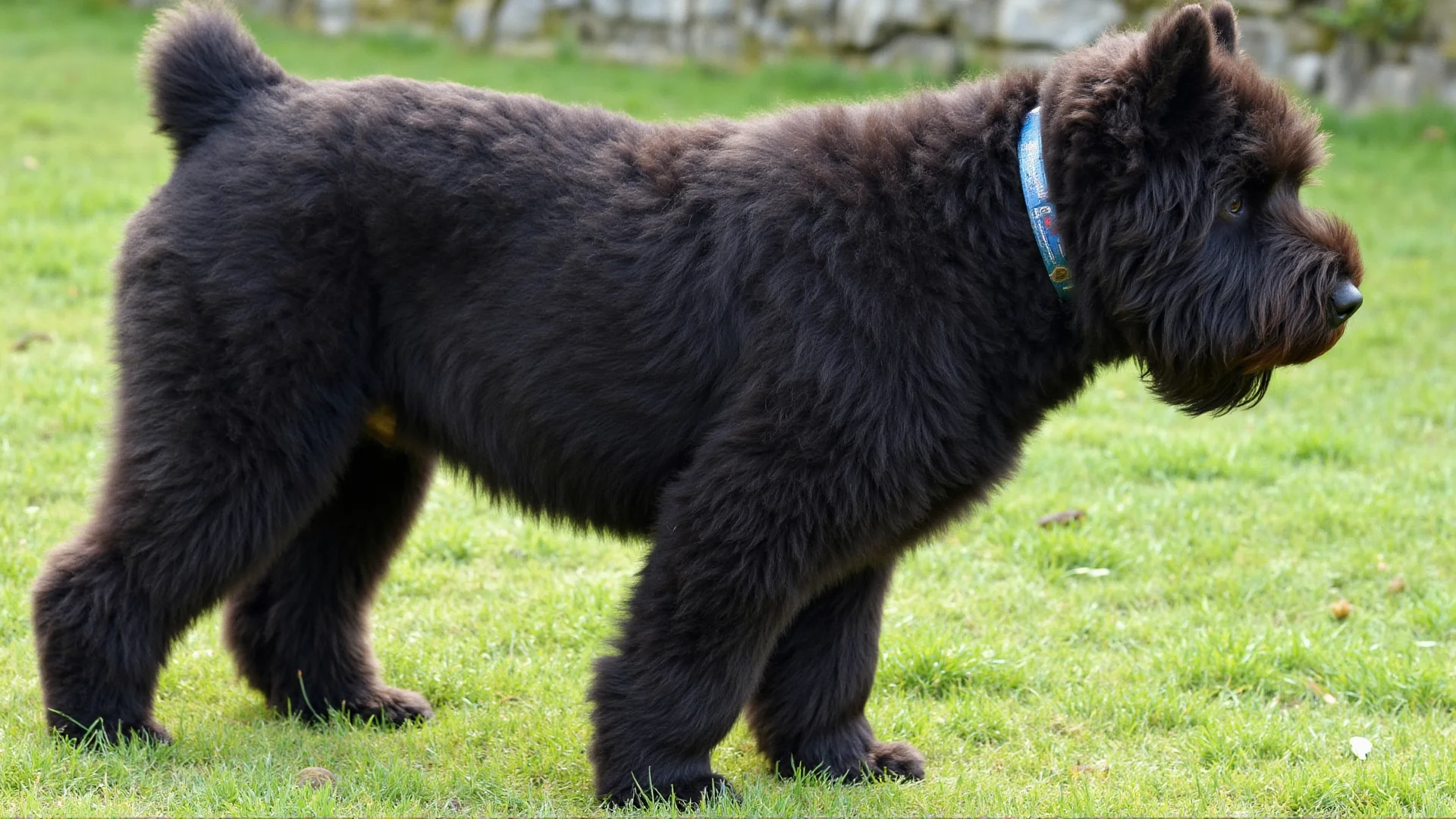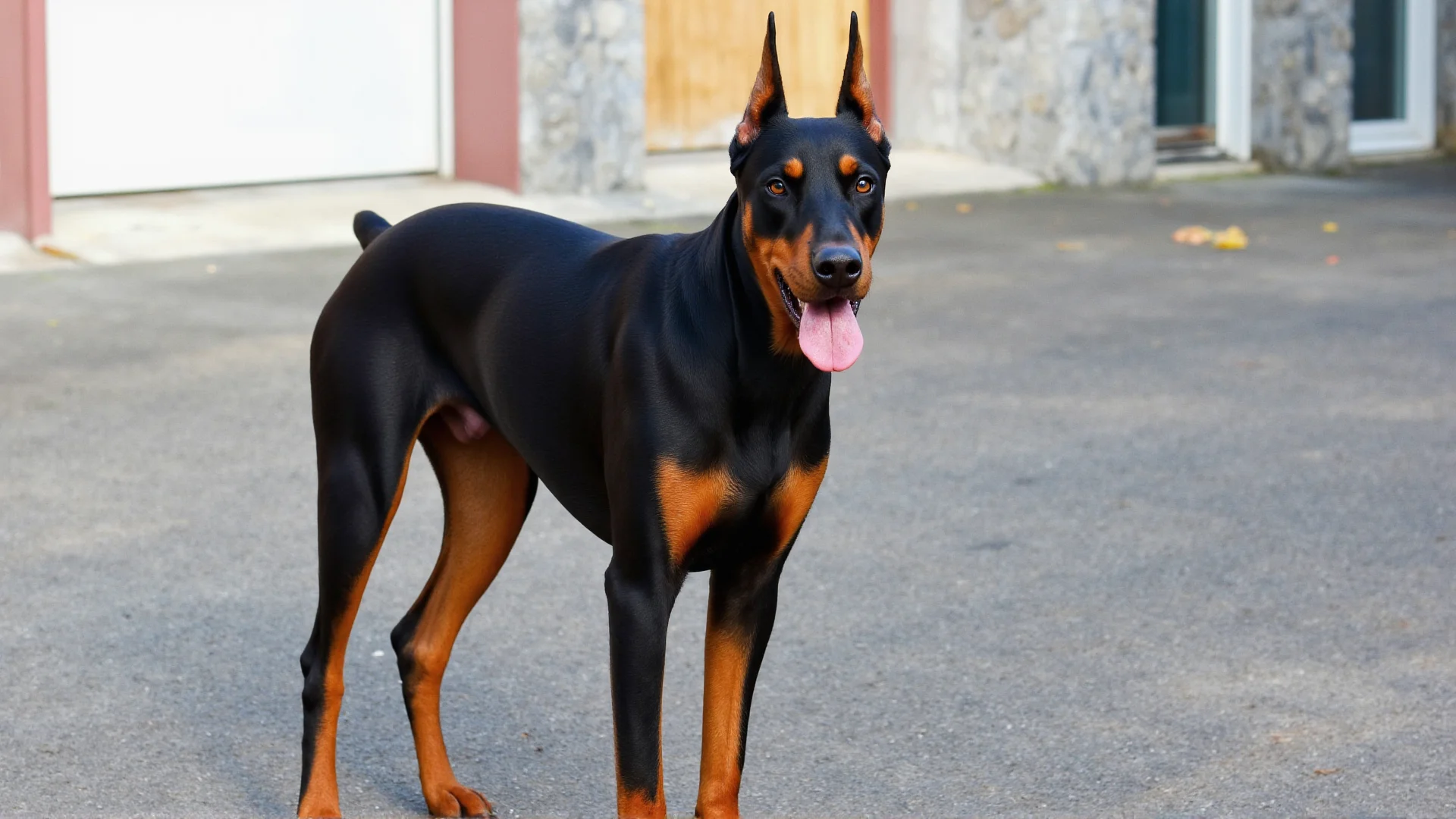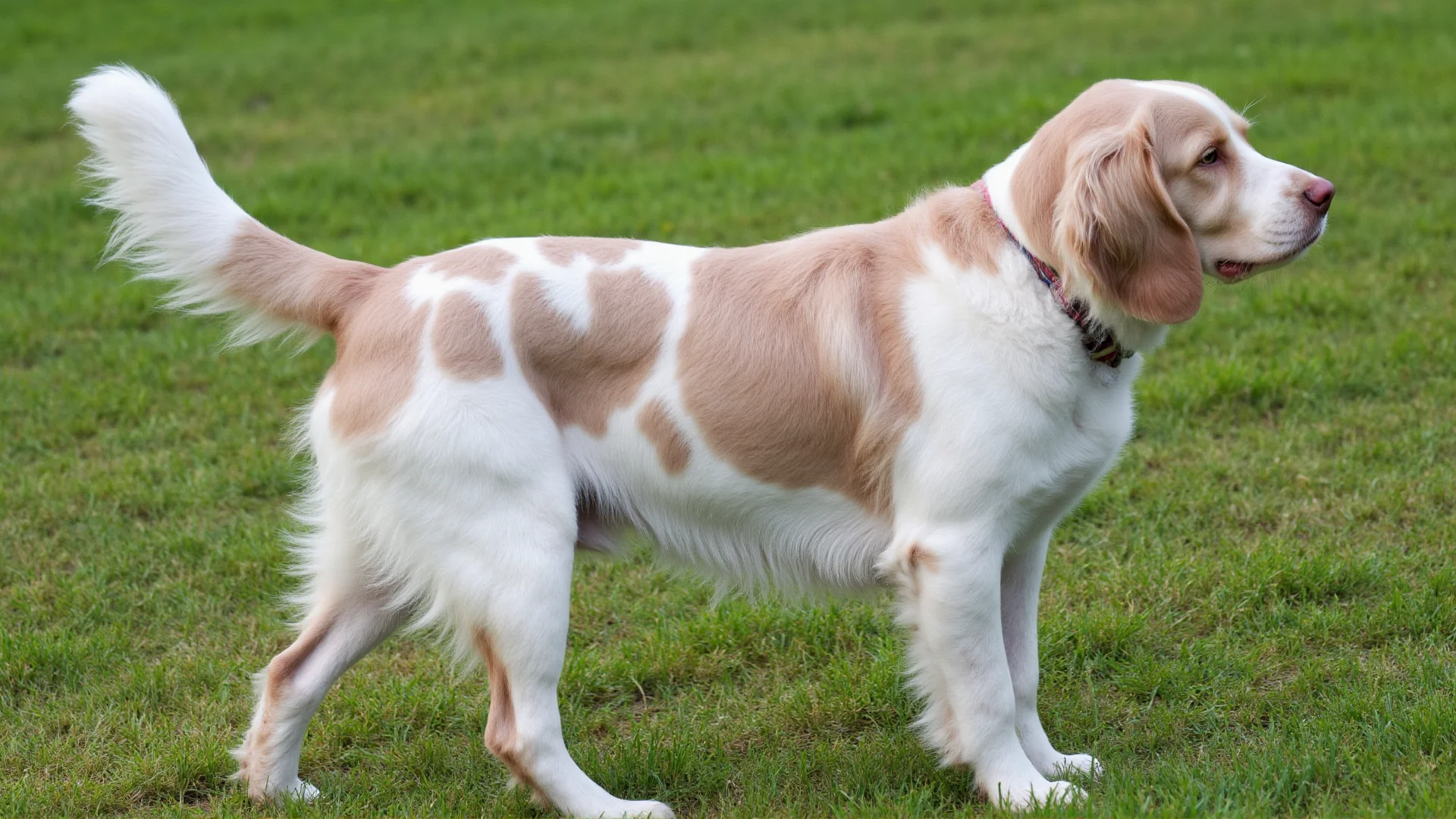The Dogo Argentino: Complete Guide to Argentina's Premier Guardian
The Dogo Argentino stands as one of the most formidable and loyal guardian breeds in the world. Originally developed in Argentina for big game hunting, these powerful dogs have evolved into exceptional family protectors and estate guardians.
Origins and Heritage: Born to Protect
Created in the 1920s by Dr. Antonio Nores Martínez in Córdoba, Argentina, the Dogo Argentino was specifically bred to hunt wild boar and puma in the challenging terrain of South America. This breeding program combined the courage of fighting dogs with the tracking ability of hounds, resulting in a breed that naturally excels at protection work.
The foundation breeds included the now-extinct Córdoba Fighting Dog, Great Dane, Boxer, Spanish Mastiff, and several other breeds, each contributing specific traits that make the modern Dogo Argentino an exceptional guardian.
Physical Characteristics: Built for Protection
Size and Build
- Height: Males 24-27 inches, Females 23-26 inches
- Weight: Males 88-100 pounds, Females 77-88 pounds
- Build: Muscular, athletic, and powerful
- Coat: Short, white, weather-resistant
Guardian Advantages
The Dogo's impressive size and muscular build create an immediate deterrent effect. Their pure white coat makes them highly visible, which can be advantageous for property protection as potential intruders can easily spot them patrolling.
Temperament: The Guardian's Mind
Natural Protection Instincts
Dogo Argentinos possess an innate protective drive that makes them naturally suspicious of strangers while remaining deeply loyal to their families. They are:
- Territorial: Naturally inclined to protect their property
- Alert: Excellent watchdogs with keen awareness
- Courageous: Will face threats without hesitation
- Loyal: Form strong bonds with family members
- Intelligent: Quick learners capable of complex training
Family Integration
Despite their formidable guarding abilities, well-socialized Dogos can be gentle and affectionate with family members, including children. However, their size and strength require careful supervision around small children.
Guard Dog Training: Developing the Guardian
Early Socialization Foundation
Proper socialization is crucial for developing a balanced guard dog. Begin socializing your Dogo puppy early with:
- Controlled introductions to various people
- Different environments and situations
- Other animals under supervision
- Various sounds and stimuli
Basic Obedience Prerequisites
Before advancing to protection training, your Dogo must master:
- Recall: Immediate response to come command
- Stay/Wait: Impulse control under pressure
- Down: Submission and control positioning
- Heel: Controlled walking and positioning
Protection Training Phases
Phase 1: Alert Training
Teach your Dogo to alert you to visitors or unusual activity without aggressive response. Use commands like "watch" or "alert" to encourage controlled vigilance.
Phase 2: Boundary Training
Establish clear property boundaries and teach your dog to patrol specific areas. This natural behavior can be refined through consistent training and positive reinforcement.
Phase 3: Advanced Protection
Professional protection training should only be conducted by experienced trainers. This includes controlled aggression, bite work, and release commands.
Exercise and Mental Stimulation
Physical Exercise Requirements
Dogo Argentinos require substantial daily exercise to maintain their physical and mental health:
- Daily walks: 60-90 minutes minimum
- Free play: Secure, fenced area for running
- Swimming: Excellent low-impact exercise
- Hiking: Satisfies their hunting heritage
Mental Enrichment
A bored Dogo can become destructive. Provide mental stimulation through:
- Puzzle toys and food-dispensing devices
- Scent work and tracking exercises
- Advanced obedience training
- Controlled protection drills
Health Considerations for Working Dogs
Common Health Issues
Dogo Argentinos are generally healthy but can be prone to:
- Hip Dysplasia: Regular screening recommended
- Deafness: Approximately 10% are born deaf
- Hypothyroidism: Regular thyroid monitoring
- Cardiac Issues: Annual heart examinations
Maintaining Working Condition
For guard dogs, maintaining peak physical condition is essential:
- High-quality protein diet (25-30% protein minimum)
- Regular veterinary checkups every 6 months
- Joint supplements for working dogs
- Proper rest and recovery time
Legal and Ethical Considerations
Breed Restrictions
Before acquiring a Dogo Argentino, research local laws as some areas have breed restrictions or requirements for guard dog ownership, including:
- Special licensing requirements
- Insurance obligations
- Containment standards
- Training certifications
Responsible Ownership
Owning a powerful guard dog comes with significant responsibilities:
- Proper socialization and training
- Secure containment of property
- Warning signs for visitors
- Adequate insurance coverage
Daily Life with a Guardian Dogo
Establishing Routines
Successful guard dogs thrive on routine. Establish consistent patterns for:
- Feeding times: 2-3 meals daily at set times
- Exercise periods: Morning and evening sessions
- Training sessions: Daily 15-20 minute sessions
- Patrol times: Regular property inspections
Managing Visitors and Deliveries
Develop protocols for managing your Dogo around visitors:
- Designated greeting areas
- Controlled introductions
- Clear commands for guest interaction
- Secure containment options when needed
Choosing a Dogo Argentino for Guard Work
Breeder Selection
When selecting a Dogo for protection work, choose breeders who:
- Health test all breeding stock
- Focus on stable temperament
- Understand working dog requirements
- Provide lifetime support
Puppy Evaluation
Look for puppies that display:
- Confidence without aggression
- Strong food drive for training
- Natural alertness
- Good recovery from stress
